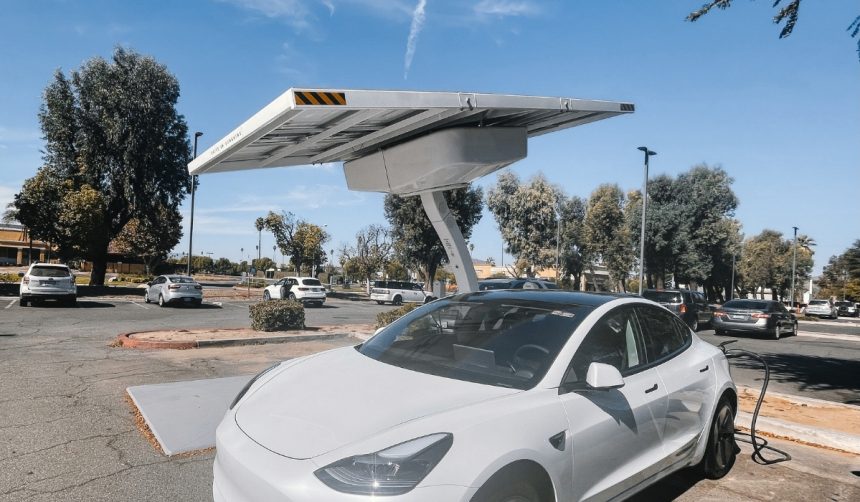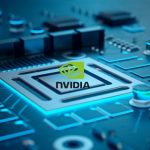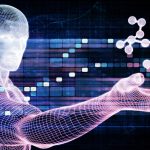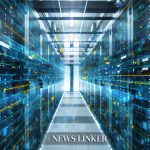Tesla’s upcoming Cybercab, slated for release in the second quarter of next year, faces significant uncertainties regarding its final design due to potential regulatory obstacles. As excitement builds around what is expected to be a fully autonomous vehicle, questions remain on whether regulations will permit Tesla to eliminate traditional driving controls such as steering wheels and pedals. Conversations among industry followers now focus not just on technological advancement but on the company’s adaptability amid evolving transportation rules. Consumer interest in autonomous ride-sharing continues to grow, setting high expectations for the Cybercab’s debut.
Tesla’s approach to the Cybercab, emphasizing a steering wheel- and pedal-free vehicle, has previously sparked discussions, often leading to speculation about regulatory acceptance. Other brands like Waymo have also encountered similar restrictions with autonomous fleets required to maintain traditional controls despite advancements in self-driving technology. Compared to past reports where Tesla maintained absolute confidence in launching a driverless cabin, the company’s more recent statements reveal a nuanced stance, hinting at operational modifications should authorities require additional safety measures.
Why Might Tesla Change Cybercab’s Design?
Regulatory frameworks are key factors driving possible alterations to the Cybercab’s planned features. Many jurisdictions currently mandate steering wheels and pedals, even for fully autonomous vehicles. Tesla Board Chair Robyn Denholm echoed this possibility, suggesting a pragmatic shift if compliance issues emerge.
“If we have to have a steering wheel, it can have a steering wheel and pedals.”
It’s clear that adapting to local requirements remains crucial for the launch timeline and the company’s broader strategy in autonomous mobility.
How Do Tesla’s Goals Differ from Other Companies?
The company’s vision positions the Cybercab as a Level 5 autonomous vehicle—built specifically for cost-effective, driverless ride-hailing. While others in the industry, such as Waymo, have introduced autonomous ride-sharing, they still rely on standard driving apparatus to satisfy regulations and ease public acceptance. Tesla CEO Elon Musk reiterated the brand’s focus last week, emphasizing the aim to optimize the Cybercab for autonomy rather than traditional driving.
“That’s really a vehicle that’s optimized for full autonomy. It, in fact, does not have a steering wheel or pedals and is really an enduring optimization on minimizing cost per mile for fully considered cost per mile of operation.”
Differentiating itself in this way, Tesla is planning for two seats, aligning with ride-sharing usage statistics that most trips carry no more than two passengers.
Will Regulatory Pressure Delay Cybercab’s Launch?
Pressure from authorities could lead Tesla to modify the Cybercab’s interior configuration, potentially affecting both the product timeline and its innovative appeal. Removing steering mechanisms entirely would mark a decisive shift in automotive design philosophy, but the risk is compounded by the need for approval from federal and state regulators. Any enforced inclusion of traditional controls might dilute the vehicle’s initial vision but would clear a path for faster market entry.
Anticipation for the Cybercab underlines the tensions between ambitious autonomous technology and the structured pace of regulatory change. For consumers and industry watchers, it’s important to track not only the technological capabilities but also the legal frameworks shaping these advancements. Ride-sharing companies and automakers operating in this space often face similar hurdles, highlighting how cross-industry cooperation may be necessary to push boundaries. While Tesla is ramping up hiring for manufacturing roles related to the Cybercab, definitive timelines will largely depend on how swiftly and flexibly it can adapt to evolving safety policies worldwide.










